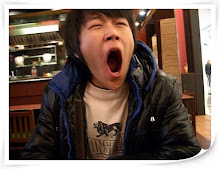
Jeju Island is a volcanic island, dominated by Hanla-san (Hanla Mountain): a volcano 1,950 meters high and the highest mountain in South Korea.The island was created entirely from volcanic eruptions approximately 2 million years ago, during the time period from the Tertiary to the beginning of the Quaternary period, and consists chiefly of basalt and lava. The eruptions took place in the Cenozoic era. It has a humid subtropical climate, warmer than that of the rest of Korea, with four distinct seasons. Winters are cool and dry while summers are hot, humid, and sometimes rainy. There is a crater lake which is the only natural lake in South Korea. An area covering about 12% (224 square kilometers) of Jeju is known as Gotjawal Forest. This area had remained untouched until the 21st century, as its base of ʻAʻa lava made it difficult to develop for agriculture. Because this forest remained untouched for a long time, it has a unique ecology. The forest is the main source of groundwater, the main water source for the half million people of the island, because rainwater penetrates directly into the groundwater aquifer through the cracks of the ‘A’a lava under the forest. Gotjawal forest is considered an internationally important wetland under the Ramsar Convention by some researchers because it is the habitat of unique species of plants and is the main source of water for the residents, although to date it has not been declared a Ramsar site.

댓글 없음:
댓글 쓰기